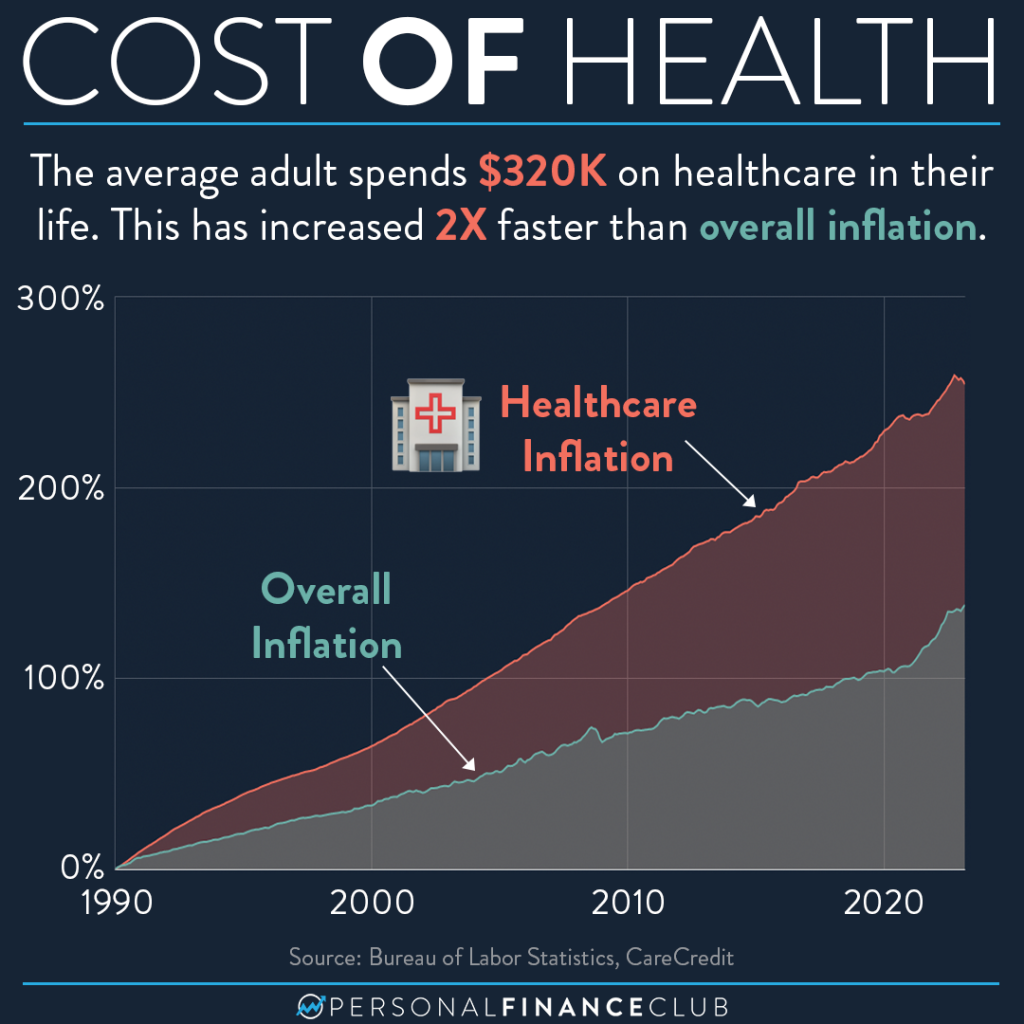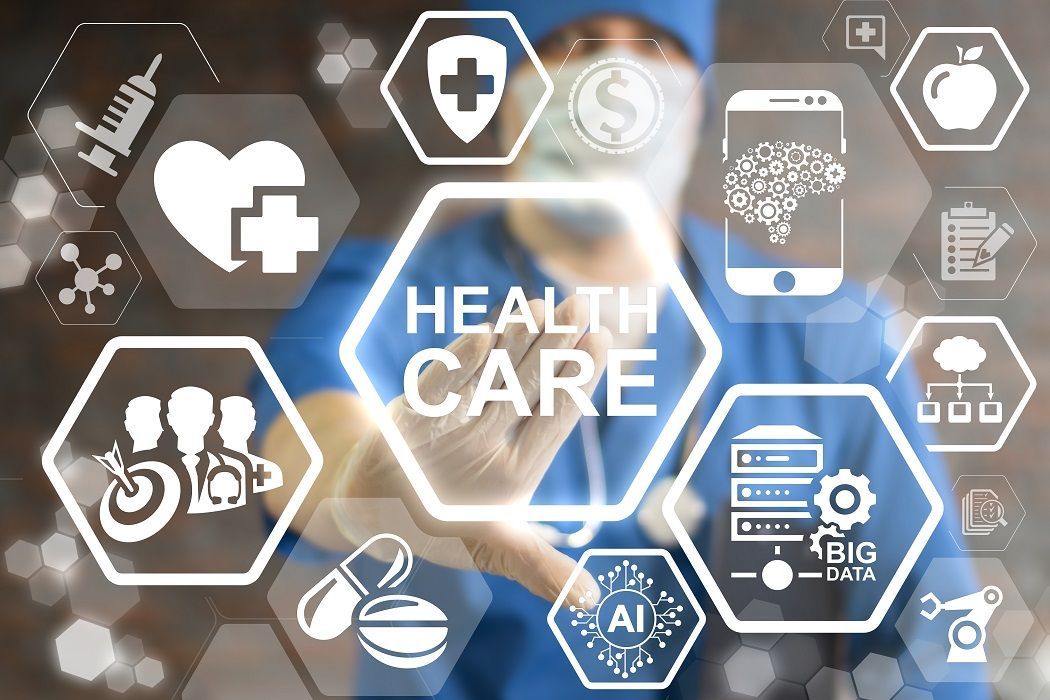Why Healthcare RCM is Important for Financial Wellness in Medical Practices
Why Healthcare RCM is Important for Financial Wellness in Medical Practices
Blog Article
A Comprehensive Guide on Just How Medical Care RCM Works to Improve Invoicing and Collections
Navigating the intricacies of healthcare profits cycle monitoring (RCM) is crucial for companies intending to improve their billing and collections procedures. The guide unboxes the ins and outs of RCM, from person enrollment to accounts receivable administration, supplying insights right into maximizing each step. Incorporating sophisticated modern technology and standard treatments can significantly reduce claim rejections and accelerate payment cycles. Yet, the true obstacle hinges on perfectly combining these components to boost capital. As we explore the core parts and techniques that drive performance, one question stays: exactly how can health care entities best position themselves to grow economically in an ever-evolving market?
Understanding Revenue Cycle Monitoring
RCM is an essential management function that encompasses the whole monetary procedure of person treatment, from the preliminary visit setting to the last settlement of the balance. It is a complicated treatment developed to recognize, gather, and manage the revenue from the solutions offered to patients.
The RCM procedure begins when a patient timetables a consultation and prolongs with the individual's care trip, consisting of billing and collections. A key objective is to decrease the time between obtaining and offering a solution payment, therefore boosting the company's financial health. RCM includes various features such as person enrollment, insurance coverage confirmation, fee capture, coding, asserts submission, payment uploading, and taking care of rejections and charms.
Secret Parts of RCM
In the realm of Income Cycle Monitoring (RCM), understanding its crucial elements is essential to accomplishing monetary performance within health care companies. RCM is a thorough procedure that includes various phases, each vital to ensuring efficient invoicing and collections. The main components include client enrollment, insurance coverage confirmation, fee capture, coding, claim entry, payment uploading, and receivable monitoring.


Once coded, insurance claims are submitted to payers, where accuracy is critical to stay clear of delays or denials - Healthcare RCM. Settlement uploading involves taping the obtained settlements, which enables the settlement of accounts. Lastly, accounts receivable monitoring concentrates on monitoring and attending to unpaid claims, making certain prompt follow-up and resolution
Each component of RCM is adjoined, and inadequacies in any type of component can disrupt the whole cycle. For that reason, understanding these components is necessary for doctor to maximize profits and improve their economic health and wellness.
Approaches for Reliable Billing

Systematizing invoicing treatments across the organization is an additional key technique. Developing clear standards for documentation, coding, and submission helps preserve consistency and conformity with regulative requirements. Training personnel frequently on these treatments guarantees everybody is up-to-date with the most recent adjustments in billing codes and payer plans.
Precise fee capture is essential in preventing revenue leak. Applying routine audits and monitoring systems enables the recognition and adjustment of discrepancies prior to they affect revenue. In addition, preserving open lines of interaction with payers assists to rapidly fix any kind of disputes or misunderstandings that might develop.

Finally, appealing patients early in the payment process by giving clear quotes and educational products about their monetary obligations can significantly lower confusion and improve settlement timeliness. These techniques jointly add to a more monetarily healthy and balanced and efficient billing system.
Enhancing Collections Procedures
A durable collections procedure is important for preserving financial stability within healthcare companies. Given the intricacies of medical payment and the range of payer needs, More Info enhancing the collections process involves carrying out tactical steps that make sure prompt and precise settlement of solutions made. Central to this is using innovation to automate and streamline procedures, minimizing hands-on errors and boosting performance. Automation tools can help in tracking claim statuses, sending out timely reminders to patients, and handling denials more effectively.
Clear and transparent client communications are essential. Giving comprehensive explanations of fees This Site and supplying versatile repayment plans can increase individual satisfaction and timely repayments.
Regular audits of the collections procedure need to be conducted to recognize locations for renovation and guarantee conformity with guidelines. By examining data, health care organizations can determine fads, prepare for possible problems, and adapt approaches accordingly (Healthcare RCM). Eventually, a well-enhanced collections process not only sustains financial wellness yet additionally adds to a more smooth experience for clients and team alike
Optimizing Earnings Streams
Building upon the foundation of a strong collections process, healthcare companies can better boost their financial security by strategically optimizing earnings streams. This includes a multi-faceted method, starting with a detailed analysis of existing earnings sources to recognize inadequacies and areas for development. Using sophisticated data analytics tools makes it possible for companies to get insights into payer mix, person demographics, and service application patterns, permitting data-driven decisions that boost earnings capture.
Implementing automated billing systems can substantially minimize errors and expedite cases refining, making certain that profits is accumulated a lot more efficiently. Furthermore, optimizing payer contracts via regular negotiations can enhance repayment prices and terms, directly influencing the lower line. Branching out solution offerings, such as incorporating telehealth or wellness programs, can likewise bring in a more comprehensive individual base, hence boosting income possibility.
Another vital component is boosting read more client engagement and complete satisfaction, as pleased patients are more likely to adhere to therapy strategies and make timely repayments. Using versatile repayment options and transparent invoicing practices can enhance collections and foster client loyalty. Healthcare RCM. By taking on these strategies, medical care organizations can produce a more resistant monetary structure, making certain sustained development and security in an ever-changing industry landscape
Verdict
Finally, medical care Income Cycle Administration (RCM) plays an important role in optimizing billing and collections procedures by incorporating crucial components such as patient enrollment, insurance policy verification, fee capture, coding, declares submission, and accounts receivable monitoring. By utilizing advanced technology, systematizing procedures, and cultivating client engagement, doctor can dramatically decrease claim rejections, speed up repayment cycles, and improve cash money circulation. This detailed strategy to RCM eventually leads to enhanced economic efficiency and sustainability for medical care organizations.
The RCM process starts when an individual routines an appointment and extends through the patient's care journey, including invoicing and collections.Another vital element is boosting individual engagement and fulfillment, as pleased clients are a lot more most likely to adhere to treatment strategies and make prompt payments. Using versatile payment choices and clear payment techniques can improve collections and foster individual commitment.In verdict, healthcare Profits Cycle Monitoring (RCM) plays an essential duty in optimizing billing and collections procedures by integrating vital parts such as client enrollment, insurance coverage confirmation, charge capture, coding, asserts entry, and accounts receivable monitoring. By utilizing advanced innovation, standardizing treatments, and fostering client involvement, healthcare service providers can dramatically lower claim rejections, accelerate repayment cycles, and improve cash circulation.
Report this page